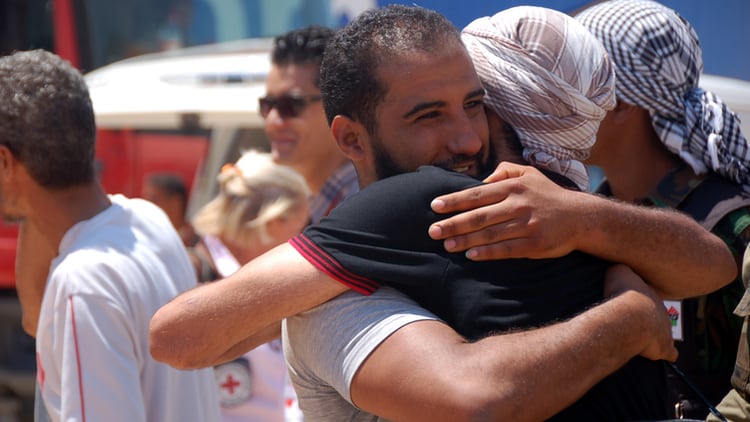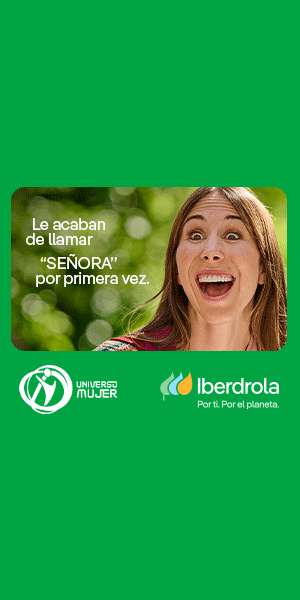The Diplomat
The Red Cross, with the support of the International Committee of the Red Cross (ICRC) and the Directorate General for Humanitarian Assistance and Social Inclusion of Immigration, has been working in Spain for the past two years on a project to identify people who have disappeared along the maritime migration route.
In the framework of the International Day for the Elimination of Enforced Disappearances -which is commemorated every 30 August- the organisation released a communiqué in which it denounced that “only 13% of the corpses on the migratory routes are recovered and, therefore, identified as deceased”, which causes families “a feeling of ambiguous loss due to the large number of unsolved cases, especially from African countries”.
In the last year, the Red Cross Restoring Family Links Service has accounted for 537 missing persons. Since its launch, it has worked on 100 cases of missing and deceased people on boats.
The Red Cross also states that so far this year, it has managed to locate 203 people and re-establish contact with their families, and accompanied 22 families in the process of identifying people who arrived deceased.
In this regard, 34 partial responses were offered, based on a process of verification and comparison of various sources of information such as databases of people assisted by the Red Cross and other institutions involved in the process, testimonies of survivors and other social agents.
The Red Cross specifies that in no case does it certify the death, but rather constructs the story of what probably happened, based on the facts found, and the possibilities of survival, helping families to cope with this ambiguous loss, and accompanying them in their grieving process.
The Spanish Red Cross indicates that in order to increase the number of successfully resolved cases, it is working on the creation of facial recognition software that can contrast images with two current photos that could return a probability index of being the same person and contrasting a current photo with old photos of the missing person in question.
In addition, they check against photographs of their relatives, where the image of the person in question can be matched with that of an immediate family member, so that the system returns the probability that they have some kind of biological relationship.
All images would be checked against various databases, mainly those of the International Red Cross and Red Crescent Movement’s Restoring Family Links Service, with cases from around the world, but also information from social networks, other missing persons websites and services, and virtually any other information that might be openly available on the web.
In the last year, more than 55,000 people were registered as missing by their relatives in the Red Cross International Family Links Network, bringing the current number of registered missing persons to more than 195,000.
Globally, in 2022, the Red Cross traced nearly 13,000 people and reunited nearly 5,000 people with their families through collaboration between different Red Cross National Societies and the International Committee of the Red Cross (ICRC). In addition, nearly 170,000 Red Cross messages were delivered and almost 2.5 million phone calls were facilitated.
International actions
According to the organization, about 90 per cent of the cases that reach the Spanish Red Cross are related to international migration. In these situations, family members become concerned and contact the organisation because they have no news of what has happened to the person in question.
To this end, the organisation has recalled that on the ‘Family Links’ website, there is an ‘online search’ section aimed at helping separated people to get in touch, with around 5,000 cases pending.
In these cases, it is also involved in tracing refugees from international conflicts such as the one in Ukraine, or international natural disasters in collaboration with the 192 National Red Cross Societies.
In this way, when a boat is identified that left a certain point on a certain date but has not reached shore, information is collected mainly from calls and search requests from family members to compile a list of passengers and an account of what happened. This data is then corroborated using technical tools.
In addition, in the case of vessels arriving on shore with missing persons, the testimonies of the survivors themselves are added to this analysis, as well as news or publications on social networks about what happened.
If the boat arrives with deceased persons, an attempt is made to identify the bodies (in coordination with the Institute of Legal Medicine and the courts), and if this is not possible, the identity of the migrant is also checked with the survivors, and the data is compared with the open search requests; if a family member wants to identify the body, the Red Cross provides physical and emotional support during the process.
In any case, the recording of possible names (and their comparison in databases with different spellings or partial similarities), as well as photographs in which they might appear, are an added value to the analysis.
With regard to the interviews with survivors, there is no closed questionnaire model, as it is “preferable” to adapt to the feelings and reactions of each person to these tragic events. The aim is to reconstruct the entire chronology of the journey and what happened, and to recover as many details as possible about the missing persons, including whether they knew any family members.
After corroborating the information with digital tools, third party information and analysis of “complex networks”, the available data on departures and arrivals are analysed to calculate the probability of survival of the people involved. From this, the partial answer of what probably happened is elaborated and transmitted to the families of the missing persons.
This project is supported by the International Red Cross Movement’s Tracing Service and has the backing of the Regional Office of the International Committee of the Red Cross in Paris and the support of the Ministry of Social Rights and Agenda 2030 through the 0.7% IRPF and Corporate Grants.
It also has the collaboration of the Red Cross First Response Teams for Migrant Populations, humanitarian reception centres, the Institutes of Legal Medicine and the Ministry of Justice, the National Police and Maritime Rescue.






